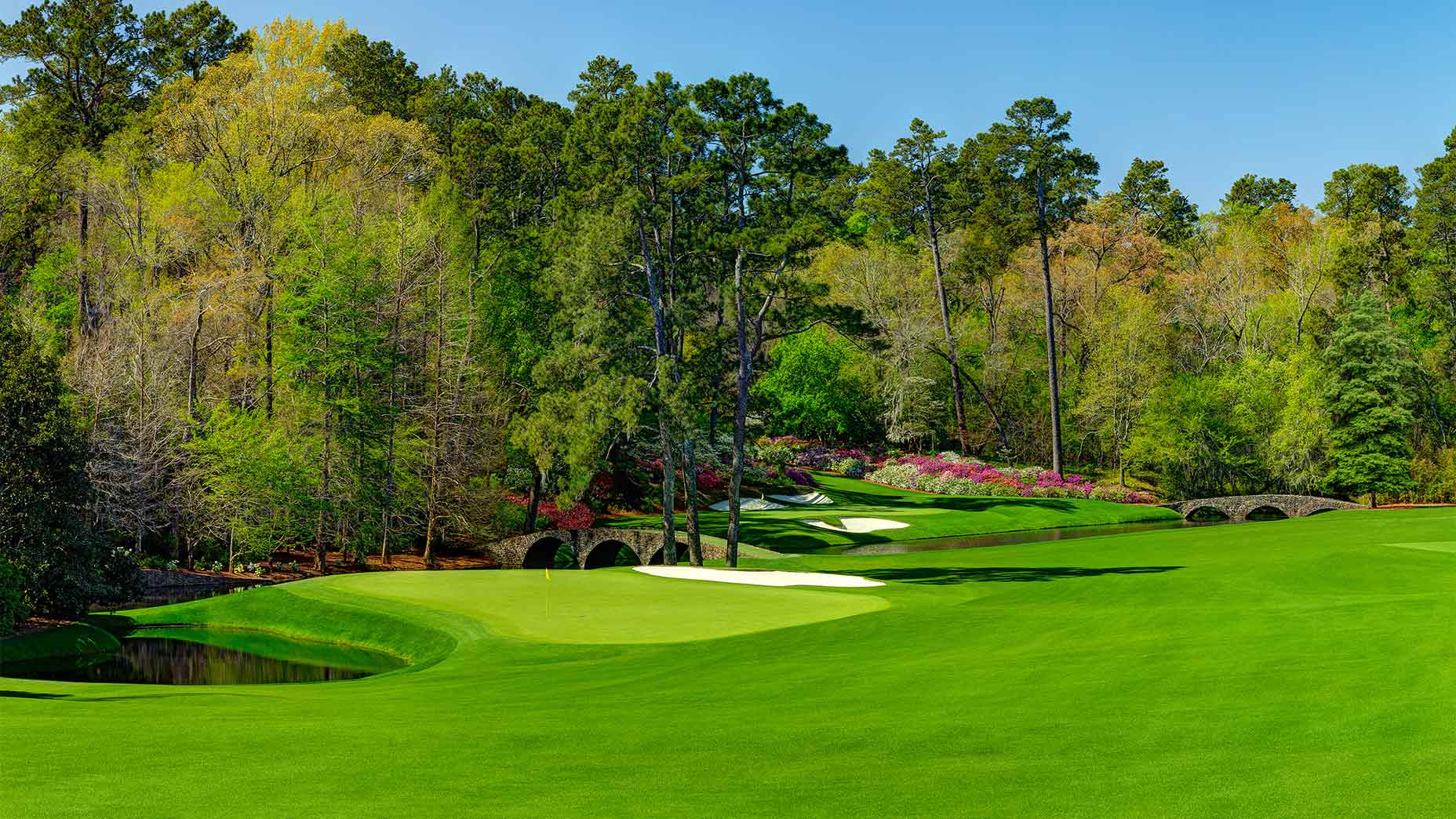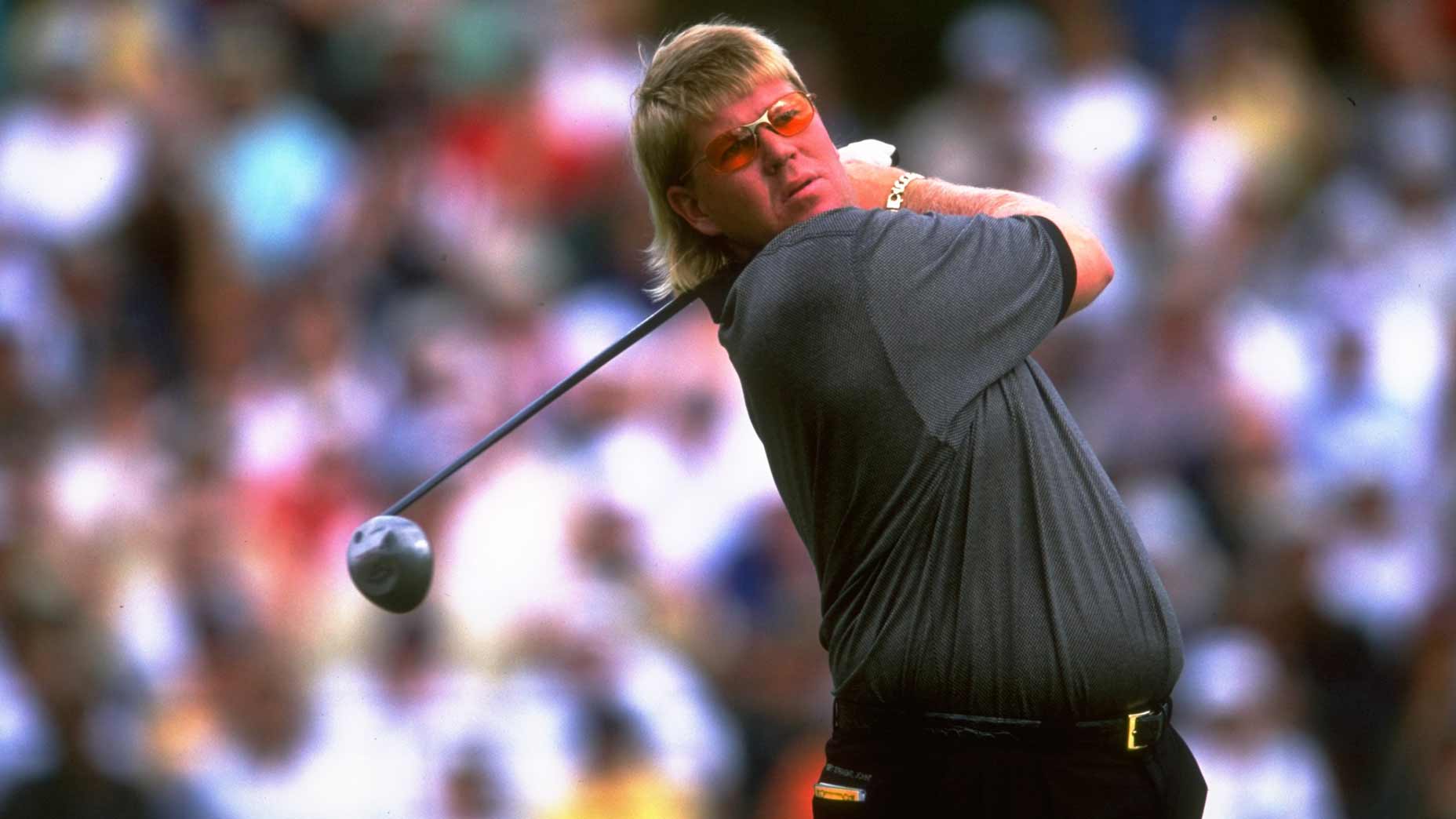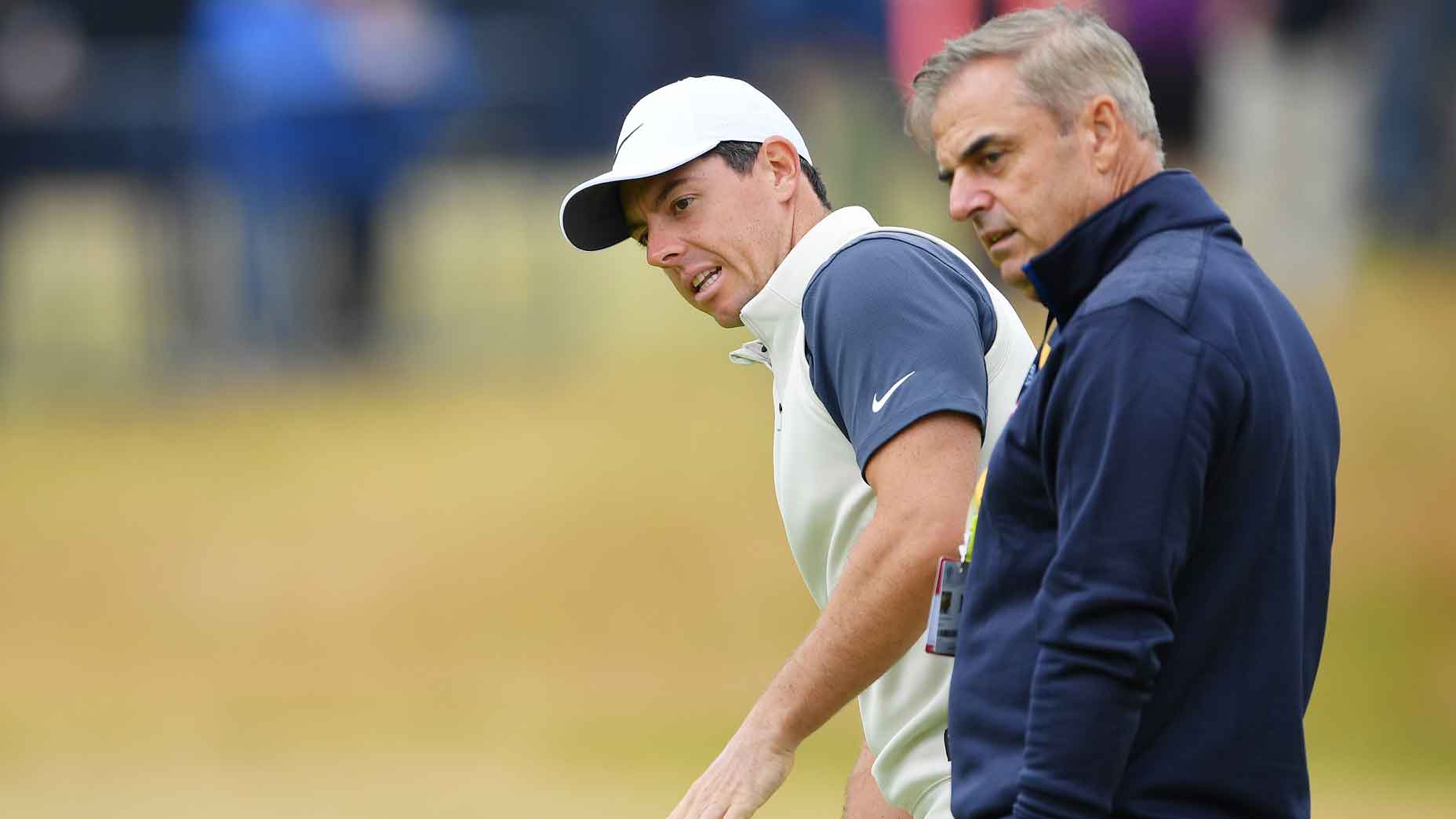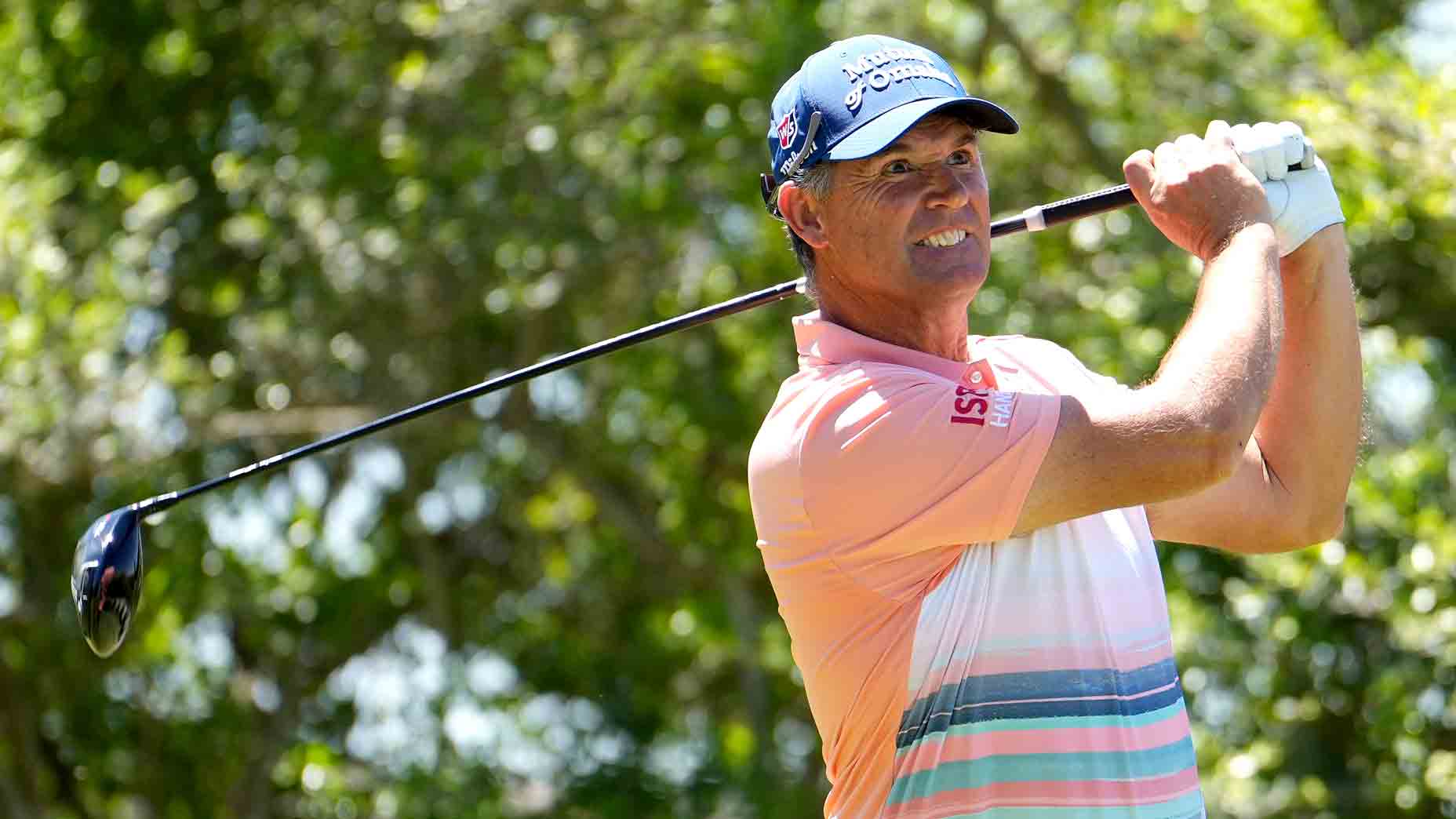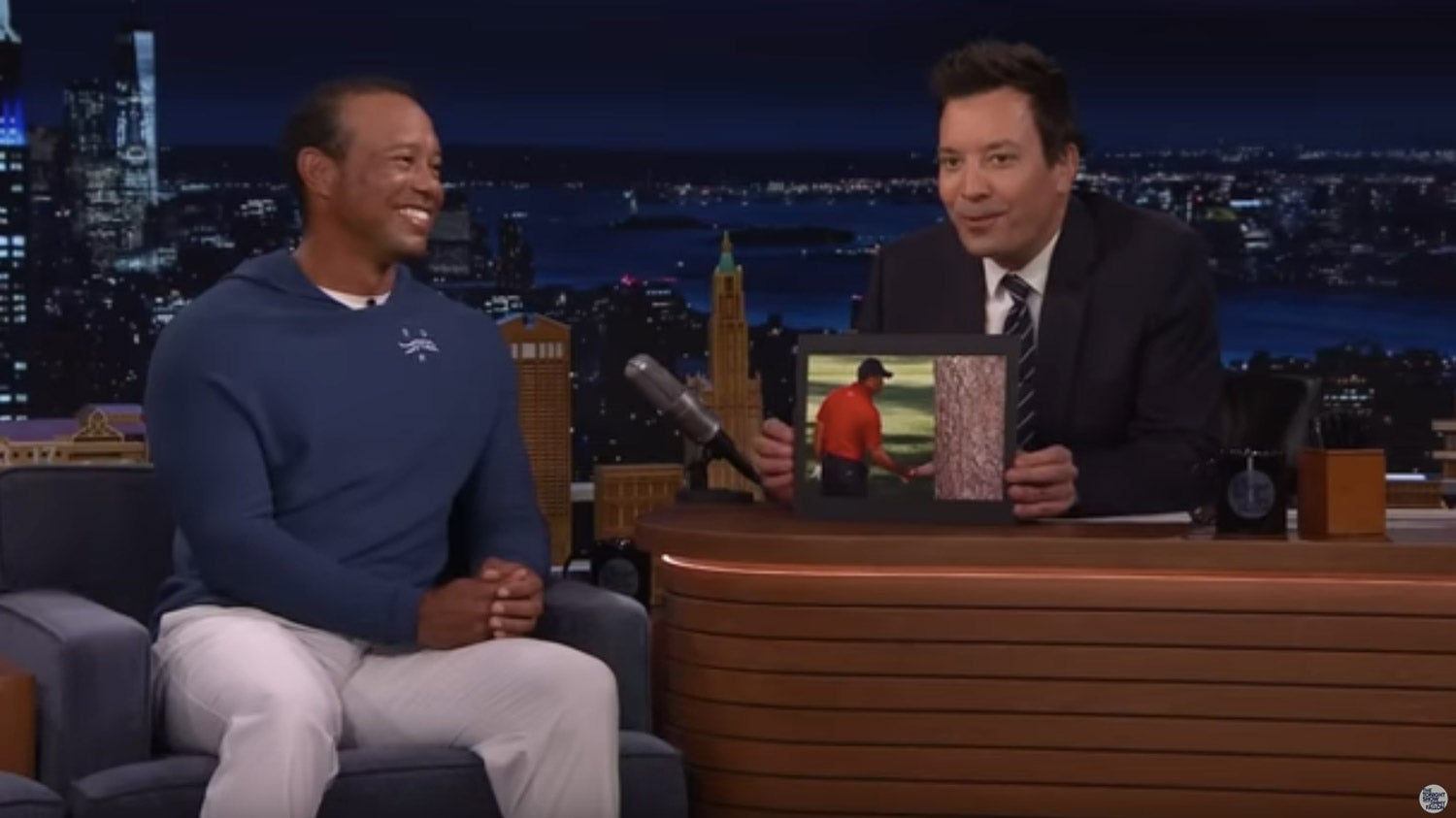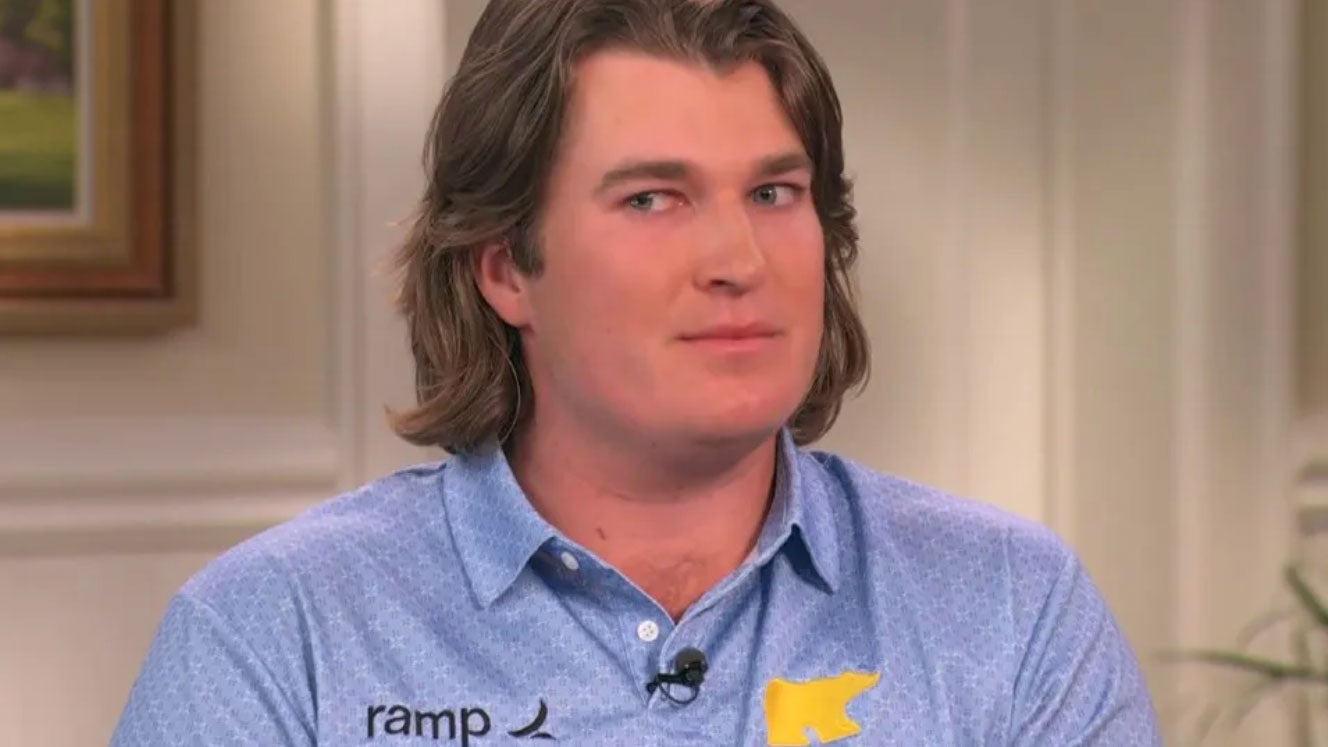7 truths (and 1 lie) about Augusta National
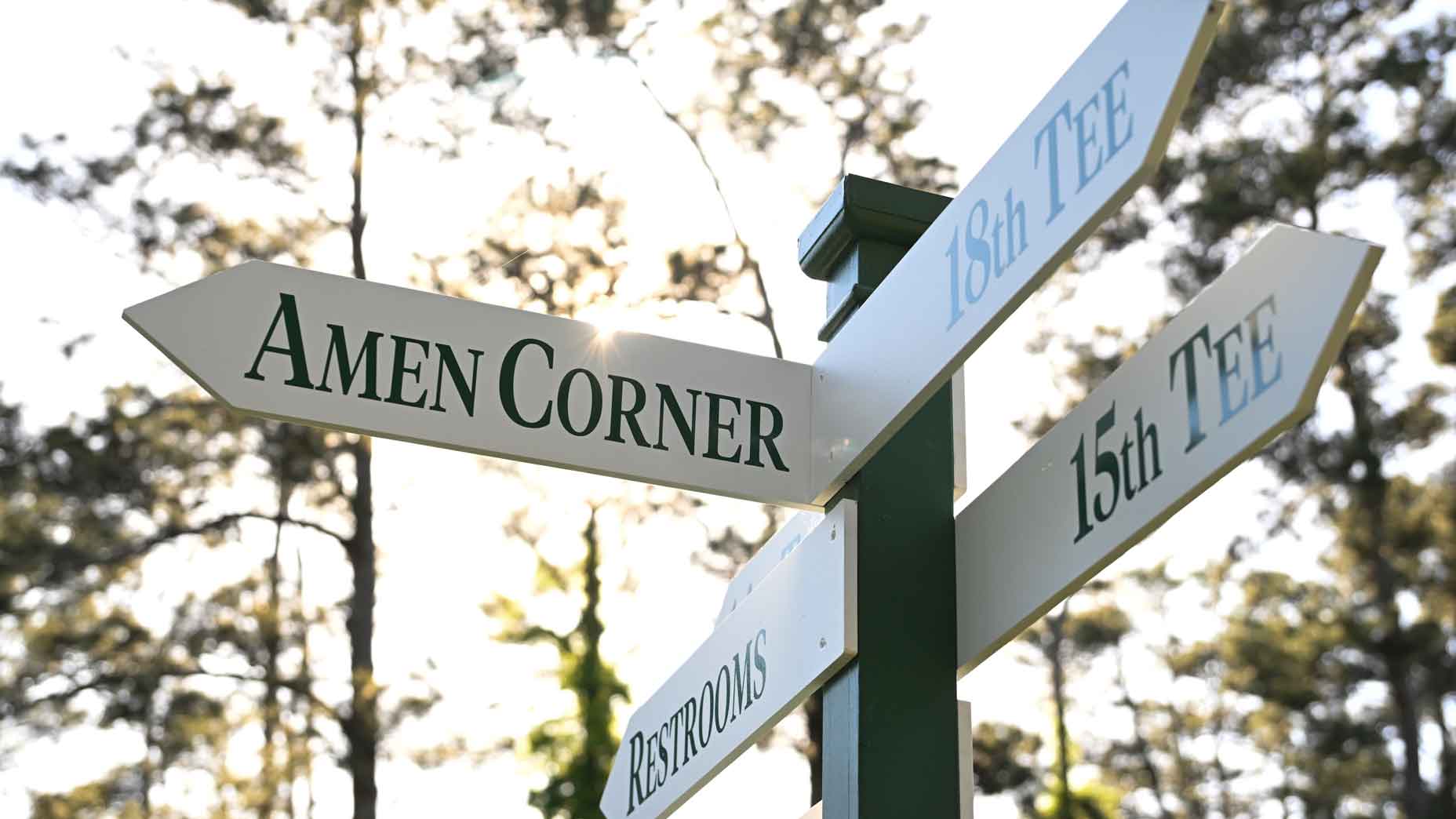
There's tons of history at Augusta National. Test your knowledge with these fun nuggets.
Getty Images
Augusta National is full of legendary stories and had-to-be-there moments. But given all of its history, naturally, there are some fun fibs that have been passed on through generations.
That’s why we’re testing your knowledge of the famed Masters host to see if you can separate the facts from the lies. Check them out below!
1. The phrase ‘Amen Corner’, coined by the legendary golf writer Herbert Warren Wind, was a nod to action-packed playing-filed spots like baseball’s “hot corner” and football’s “coffin corner,” and it comes from a jazz song, “Shoutin’ in that Amen Corner.”
2. Ike’s Pond isn’t just named after Dwight Eisenhower; as an Augusta National club member, Ike took a walk through the woods located on the eastern end of the club grounds, where he found what he felt was an ideal spot to build a dam and create a fish pond. Club chairman Clifford Roberts agreed, and the three-acre pond was built in 1949.
3. As a child, Martha Burk, whose 2002 crusade to get female members admitted to Augusta National made headlines, was nicknamed “Hootie” — the same moniker as her Augusta National foil in the brouhaha, club chairman William “Hootie” Johnson.
4. Before becoming a legendary soul musician, Augusta native James Brown worked as a junior caddie at Augusta National Golf Course — and it was the caddie master at the club who, after seeing Brown perform at a local nightclub, suggested he turn to music full-time.
5. There was significant interest on the part of Augusta National founder Bobby Jones and club chairman Clifford Roberts to host the 1934 U.S. Open at the club, but the USGA wasn’t immediately persuaded. USGA President Herbert Jacques wrote that “whereas we are all favorably inclined to this move in the near future, we do not think it is practical to attempt in 1934.” So Jones created the “Augusta National Invitational” instead, which, in 1938, became formally known as the Masters.
6. The club closed in 1942 in response to World War II, with the groundskeeper using the course to raise cattle and turkey. The turkey were profitable, but the cattle were less so, and the endeavor proved pretty much a wash. The course reopened for member play in 1945, and the Masters relaunched in 1946.
7. The Champions Dinner, held on Tuesday evening prior to the start of the tournament, features a menu chosen by the defending champion, who often gets to highlight dishes from his native country or region. In 2011, Phil Mickelson selected a Spanish menu to honor the ailing past champion Seve Ballesteros, but Ballesteros proved too ill to make the trip and passed away one month later.
8. Several of the trees and shrubs that give the holes at Augusta National their names (like Pampas, Chinese Fir, and Nandina), aren’t even native to the area — and those aren’t the only imports. Before the 1975 Masters, the usual brown sand in the bunkers was switched out for white feldspar, a quartz derivative that’s shipped from North Carolina.
So can you decipher the seven truths from the one lie? If you thought something was a bit “funky” with the tale about James Brown, kudos to you, because that’s the one lie listed above about Augusta National. Now grab yourself an Azalea, sit back, relax, and take in Masters Sunday.

